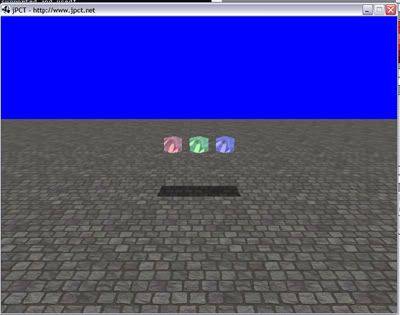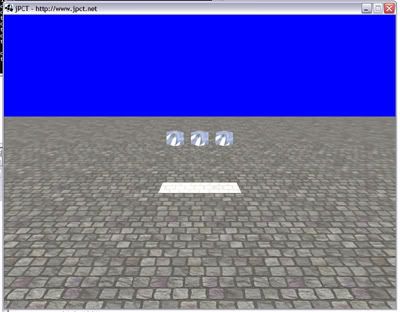Paul,
I just emailed you a working solution for streaming sources, then realized the methods and variables are missnamed! Calculations are returned as seconds, not milliseconds.
It hasn't been put through rigorous testing, but initial tests show it returns elapsed play time of accuracy of about 10ms for short audio files (10 seconds or less), a few milliseconds for long audio files (5 minutes). The inaccuracy is probably due to rounding errors.
--Tim.
I just emailed you a working solution for streaming sources, then realized the methods and variables are missnamed! Calculations are returned as seconds, not milliseconds.
It hasn't been put through rigorous testing, but initial tests show it returns elapsed play time of accuracy of about 10ms for short audio files (10 seconds or less), a few milliseconds for long audio files (5 minutes). The inaccuracy is probably due to rounding errors.
--Tim.






